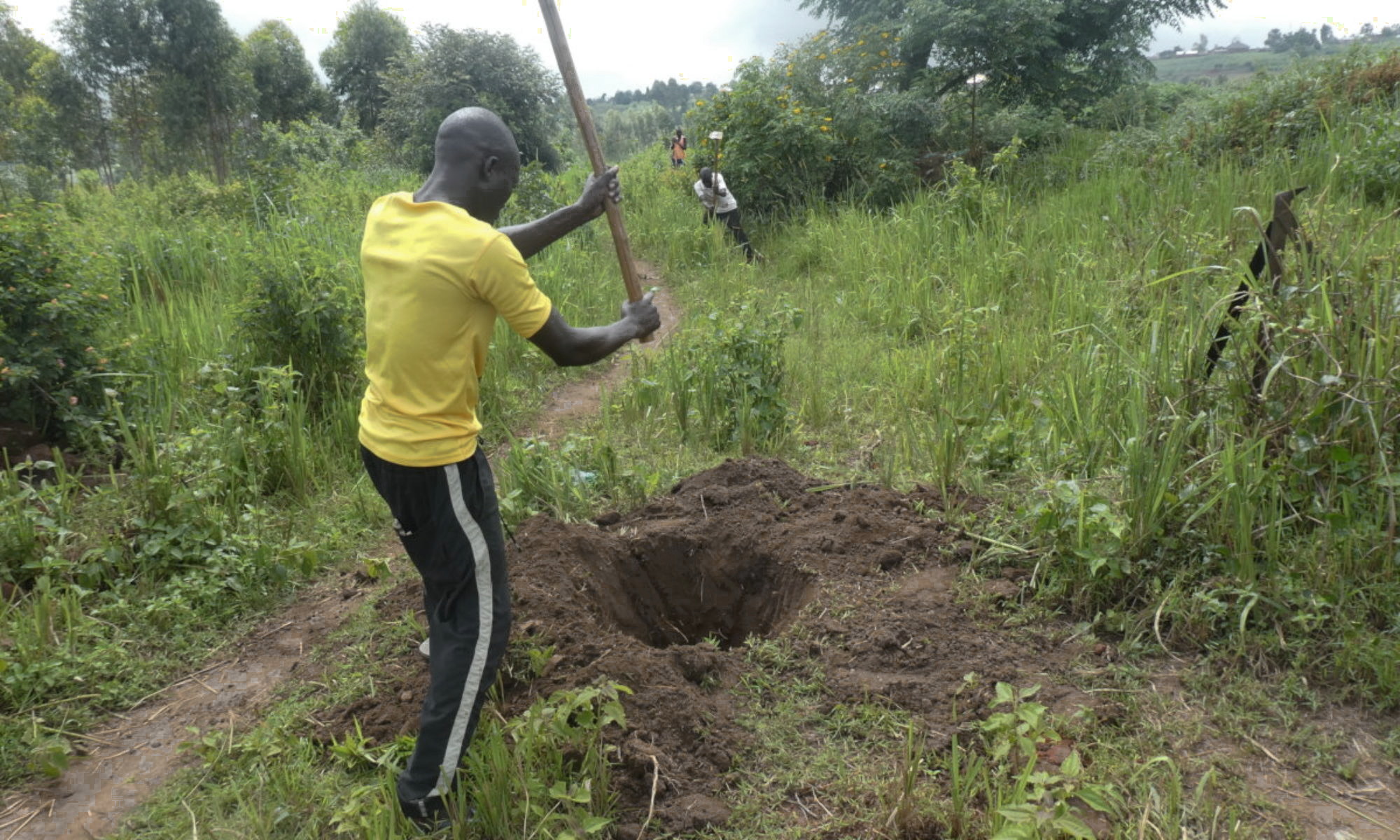Political / Administrative
The Westnil region has nine districts or administrative units: Arua, Adjumani, Koboko, Maracha, Moyo, Pakwach, Nebbi, Yumbe and Zombo. The city of Arua is located 420 kilometers from Kampala (the capital of Uganda) and is the main urban center of the district of the same name. It has only recently been expanded to maintain the city’s status, with the key infrastructure still being developed.
population
The most recent census (2012) found that there are 776,700 people living in Arua District, while an estimated 2,660,000 people live in the entire Westnile region. The population of the city of Arua is about 200,000 – 250,000.
economy
The Westnil region is the second poorest subregion in Uganda after Karamoja. According to the 2017 Poverty Index, 85% of the West Nile population was multidimensionally poor compared to a national rate of 70%; and 59% lived in acute poverty (compared to 38% at national level).
Main economic activity
Subsistence agriculture predominates. Along the Nile, agriculture is complemented by fishing. Prolonged droughts and sometimes heavy and persistent rains, coupled with conflict and flight movements from South Sudan, have led to famine and poverty.
Climate and environment
So far, two rainy seasons have shaped the climate; Mid-March to May and July to mid-November, in between dry periods that have become more extensive in recent years. The rainy seasons, on the other hand, are becoming less reliable. The area is a savannah with some forests, especially on the hills and in the river valleys. Constant human activities – land clearing for agriculture, building materials, fuel for cooking (94% of households depend on firewood / charcoal) and in the past also tobacco cultivation, have increasingly reduced forest cover.
education
The majority of the population is not educated beyond primary school level. The national literacy rate is 72.2% (10 years or older). In the West Nile region, 53% of 6-12 year olds do not go to school and fewer girls than boys because more girls drop out of school early. Only 15% of children aged 3 to 5 in the region are in a kindergarten (mostly privately run by individuals and private or non-governmental institutions).

